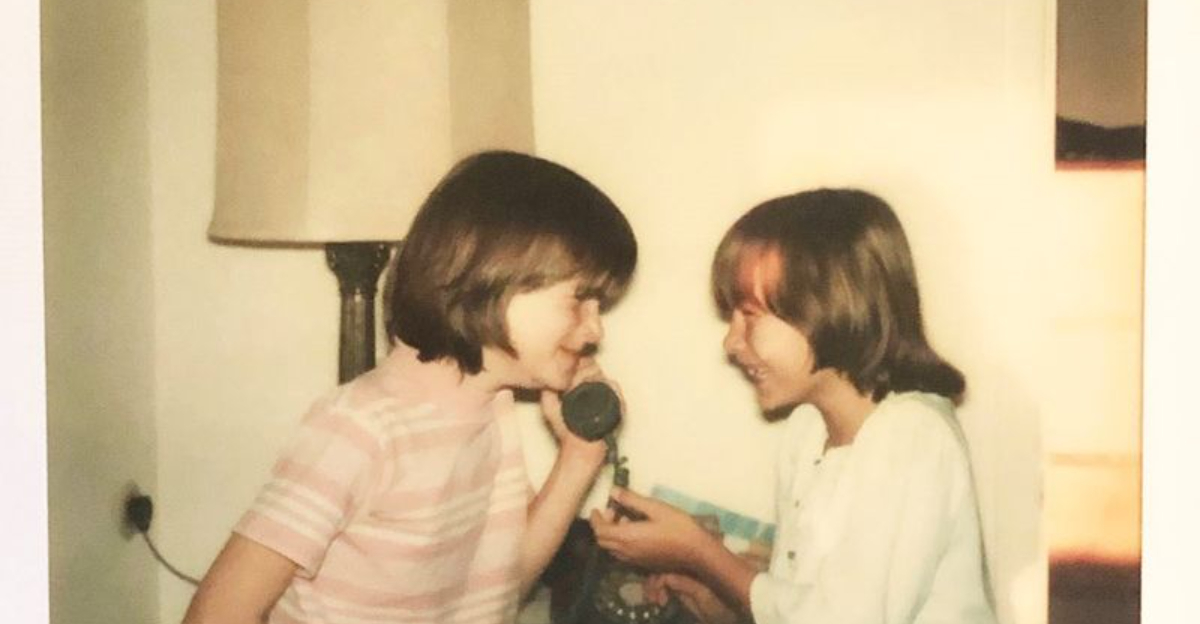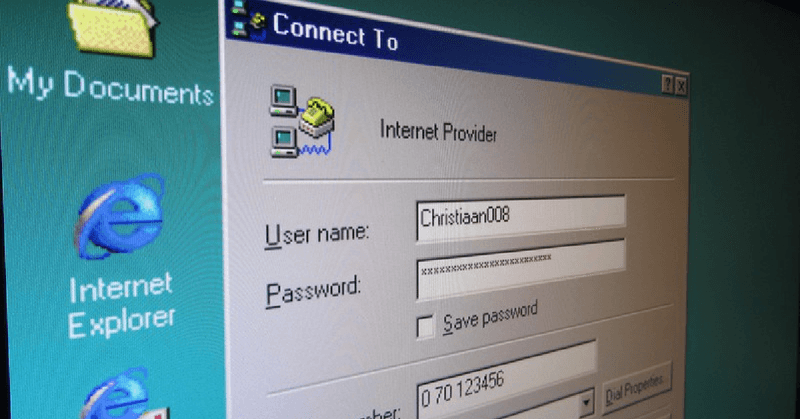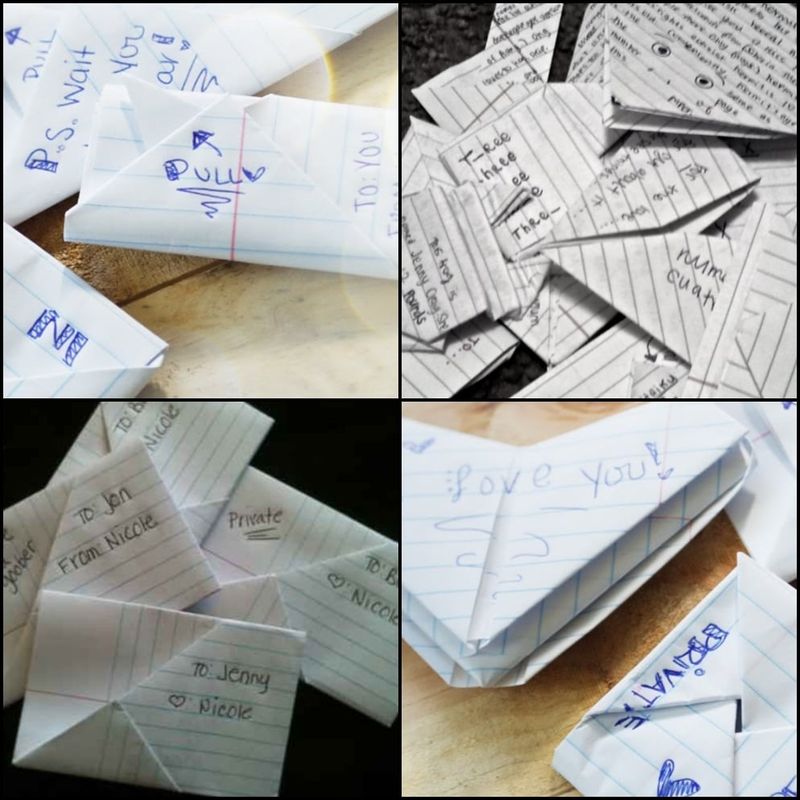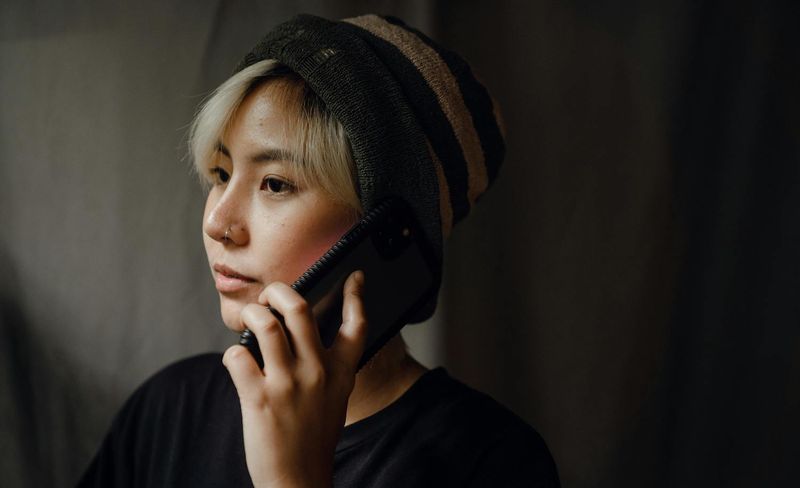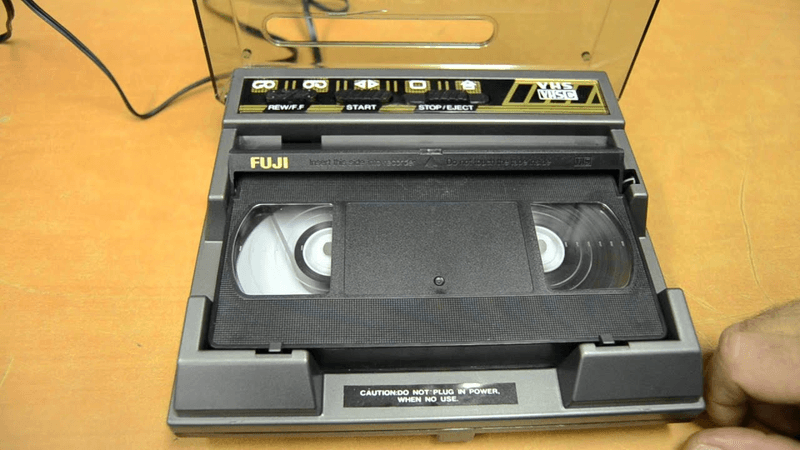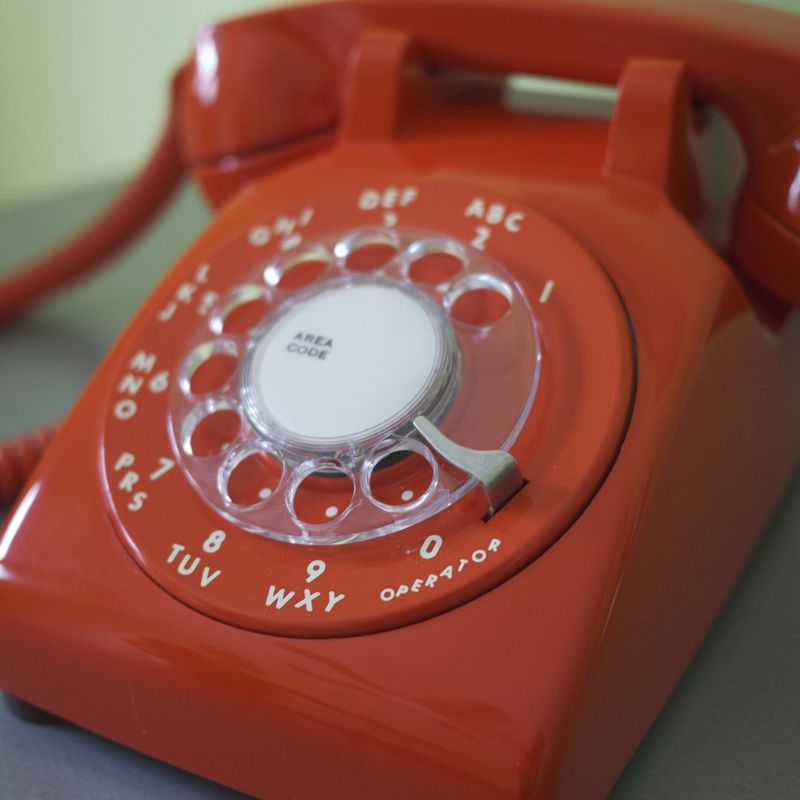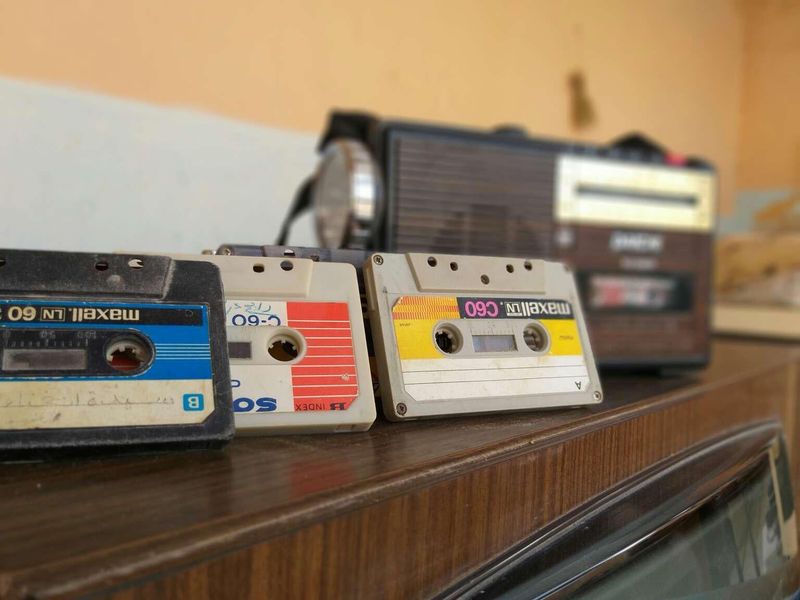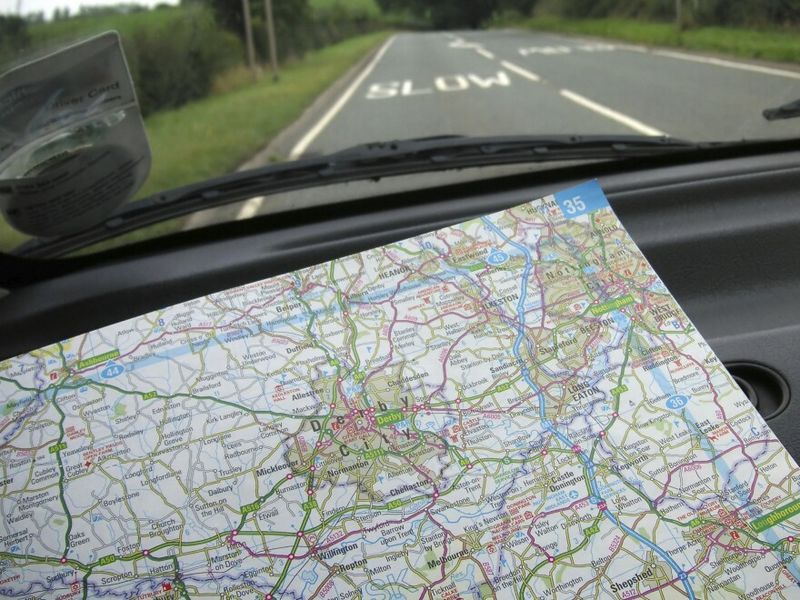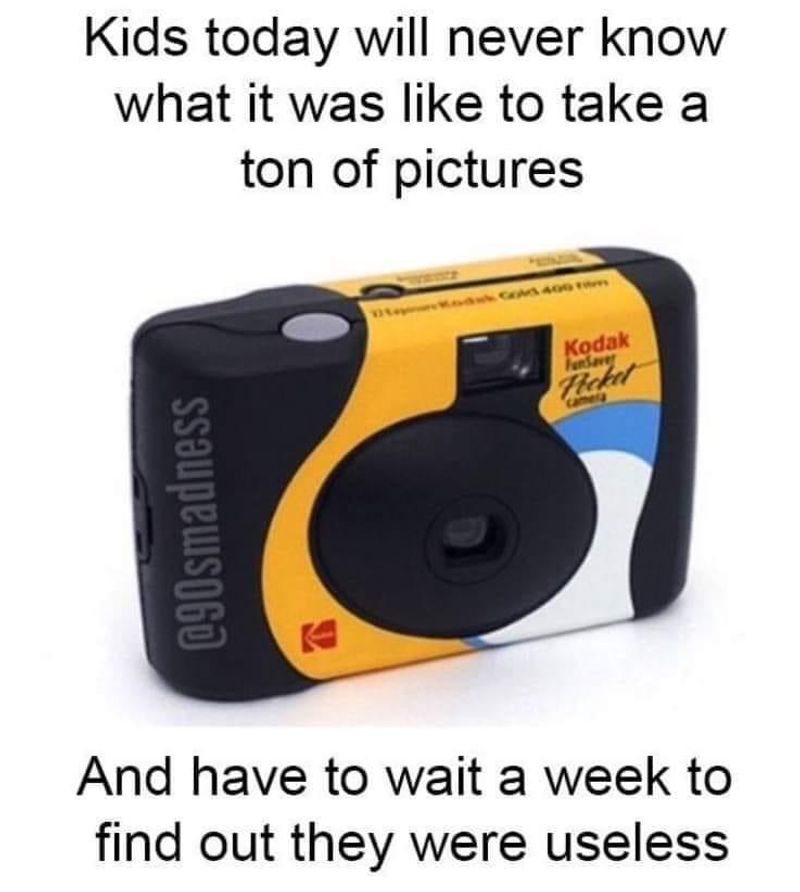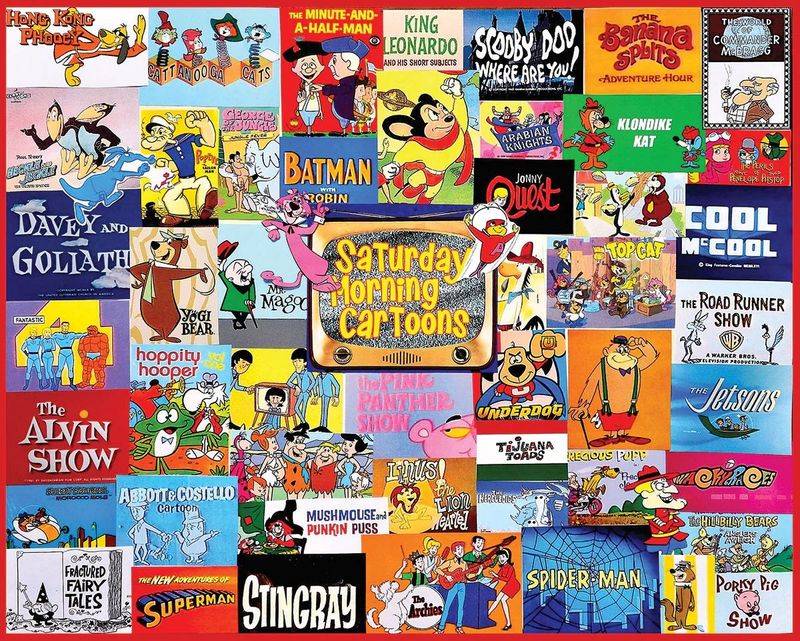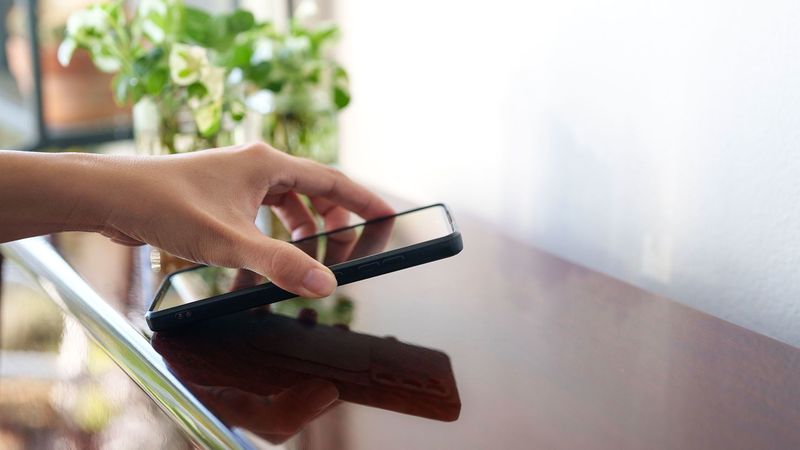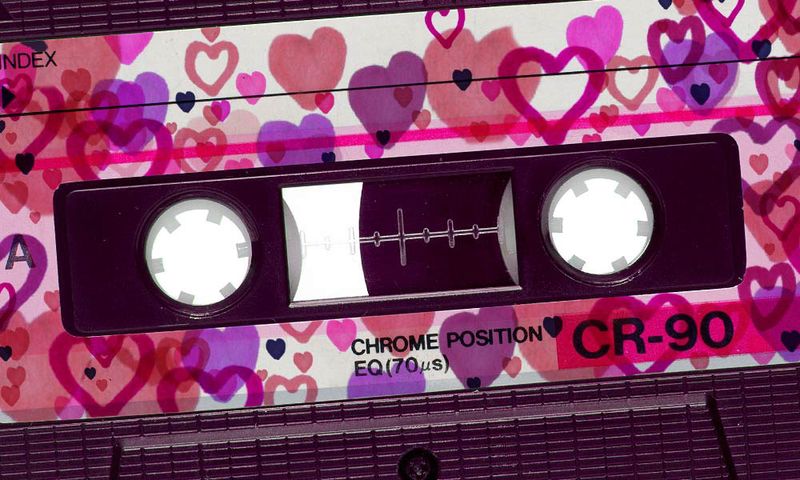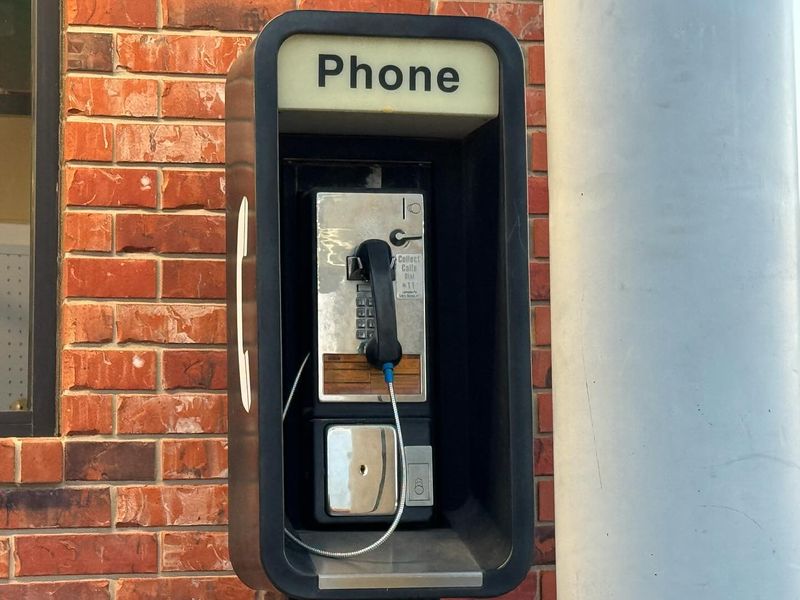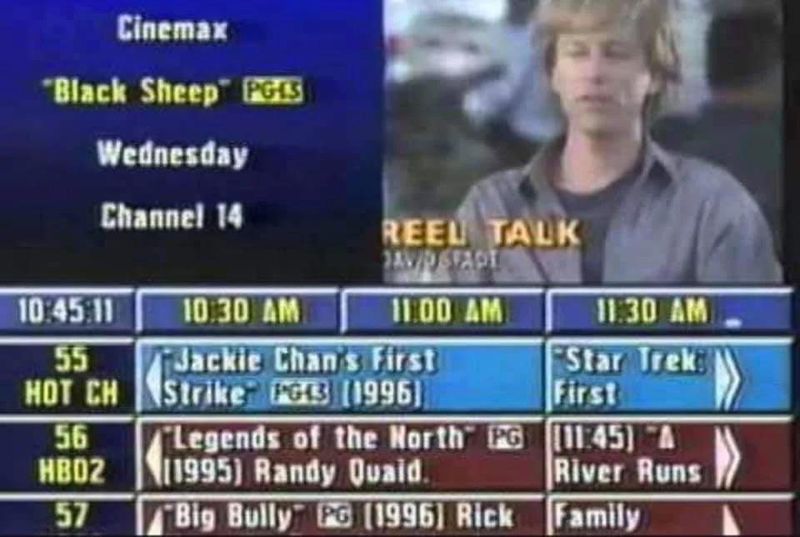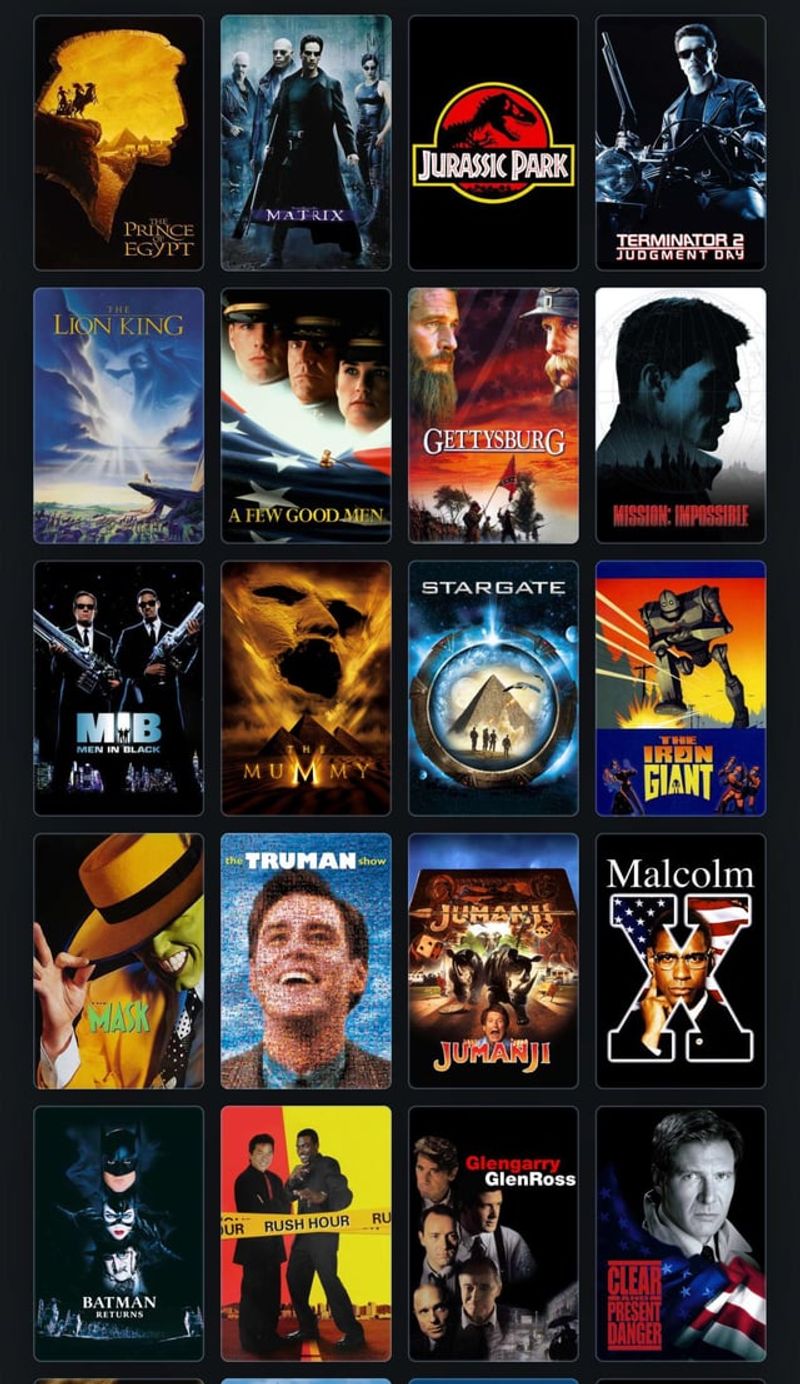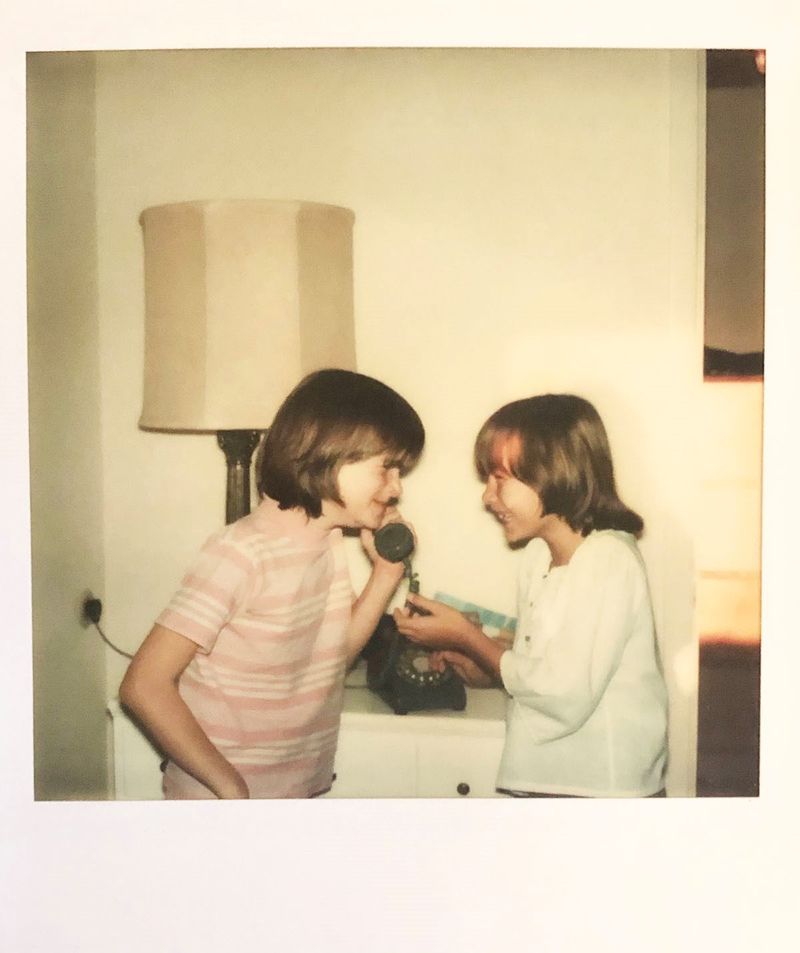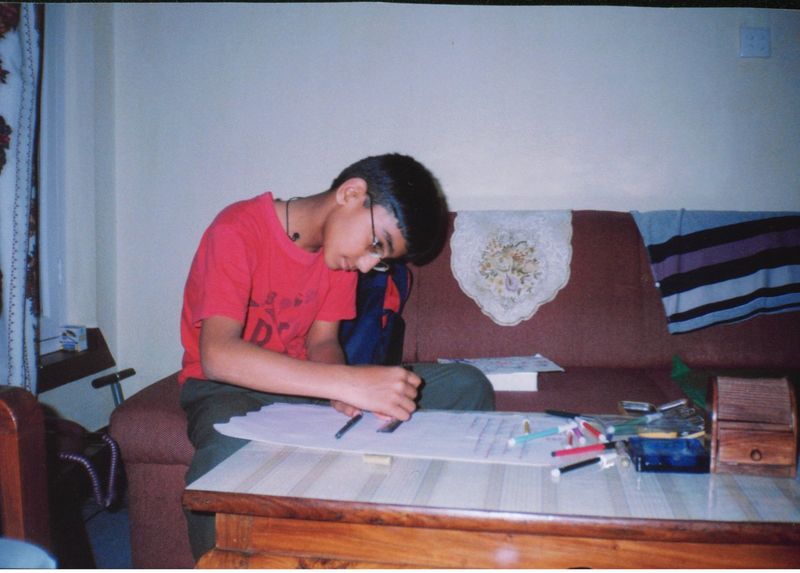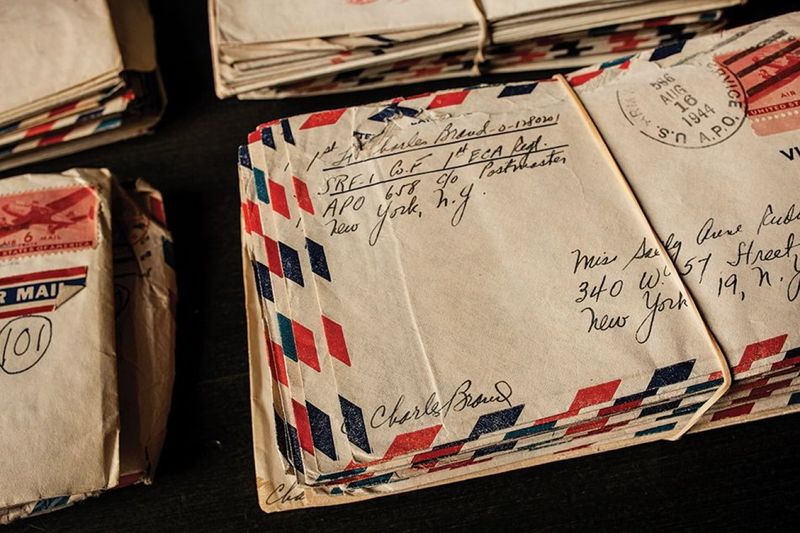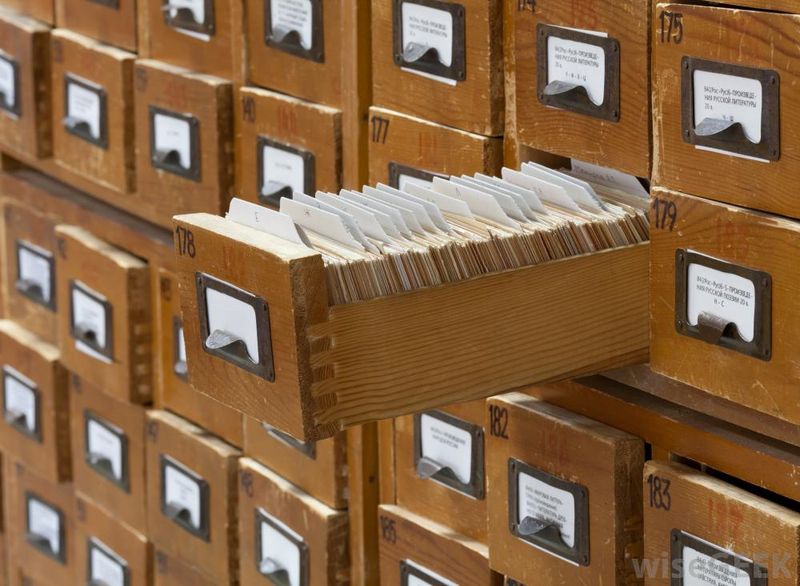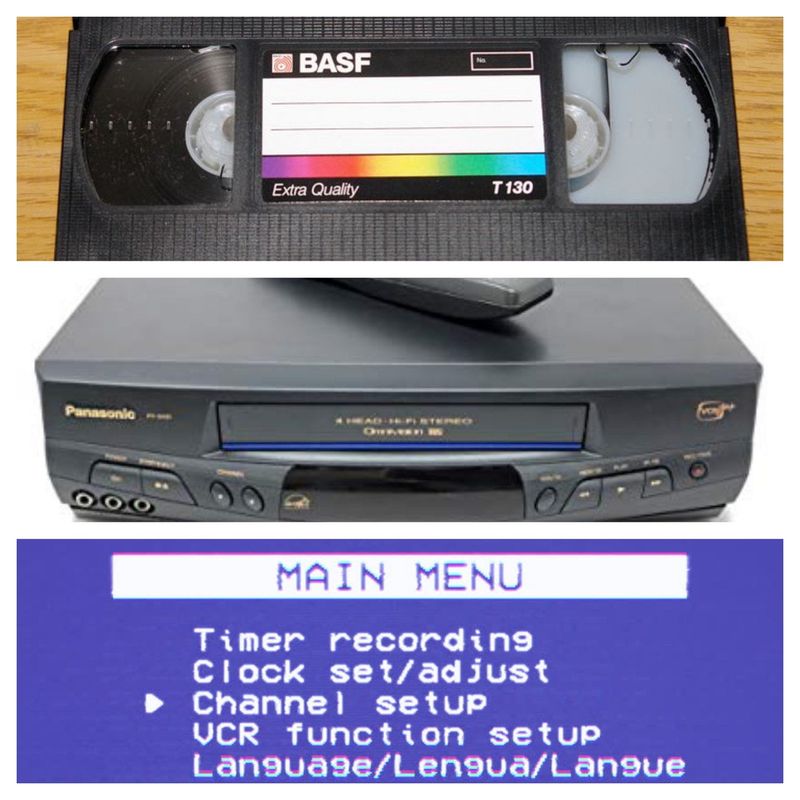Explore the unique experiences and simple pleasures that defined life before the digital age.
From the tactile joys of passing handwritten notes in school to the thrilling anticipation of waiting for film photos to develop, these 24 items capture the essence of a time when life was less about screen time and more about real-world interactions.
While technology has transformed the way we live, these nostalgic memories remind us of a different era, rich with its own charm and quirks. Join us as we journey through these beloved pastimes and cherished moments.
1. The Sound of Dial-Up Internet
The screeching symphony of dial-up internet was a gateway to the world wide web. Connecting meant enduring the iconic cacophony of beeps and static noise. But nothing was more frustrating than a family member picking up the phone, severing your digital tether mid-load. This sound was the anthem of the early internet era. It represented the patience and anticipation of waiting to connect with the world. A time when online exploration was a privilege, not a given. Dial-up was unpredictable, yet it held the promise of digital discovery.
2. Passing Handwritten Notes in Class
The art of passing notes in class was a covert operation filled with excitement. Written on scraps of paper, these messages were a lifeline of communication before texting became the norm. “Do not open until lunch,” was often scribbled on the outside, adding mystery. Each note was a treasure trove of secrets, jokes, or sometimes confessions. Crafting the perfect fold was an art form, signaling to recipients that the contents were special. These tangible tokens of friendship and teenage rebellion held a charm that digital messages can never replicate.
3. Calling a Friend’s House and Talking to Their Parents First
“Hi, Mrs. Smith, may I speak to Jenny?” This simple phrase could strike fear into the hearts of many. Talking to a friend’s parent was a rite of passage, requiring courage and politeness. It was a moment of connection—or interrogation—as parents might inquire about your motives or plans. This was a time when calling someone meant navigating social protocols, not just clicking a name in a contact list. You learned to be patient, to listen, to wait your turn. An exercise in communication skills, long before texting made everything easy.
4. Rewinding VHS Tapes
The ritual of rewinding a VHS tape was a small act of stewardship, an unspoken rule of rental etiquette. Returning a tape without rewinding was a faux pas, akin to leaving a chore undone. The whirring of the rewinder filled living rooms with its mechanical song. In a world before instant streaming, rewinding was a reminder of the effort behind entertainment. It was tactile, requiring attention and care. This was more than just returning to the beginning; it was a nod to the next viewer, a shared experience in analog form.
5. Memorizing Phone Numbers
Before smartphones stored hundreds of contacts, memorizing phone numbers was a mental exercise and a badge of honor. Knowing your best friend’s number by heart, or the digits of a crush, was essential. It was a connection not just to a person, but to a place and a moment in time. Jotting numbers in little black books or on scraps of paper, people carried these links in their minds. This skill, now largely obsolete, was part of the fabric of daily life, an example of reliance on memory rather than machines.
6. Waiting for Your Favorite Song on the Radio
Anticipation was the name of the game when it came to radio hits. With cassette in hand, you waited eagerly for your favorite song to play. DJs often spoke over the intro, adding another layer of challenge. Capturing a song on tape was an act of dedication, a personal collection in the making. This ritual added value to music, turning each listen into an event. Unlike today’s digital playlists, these recordings bore the marks of effort and timing, each track a victory against the unpredictability of airwaves.
7. Using a Paper Map on Road Trips
Paper maps were the navigational tools of choice for road trips, unfurling with the promise of adventure. Folding them back was an art in itself, often resulting in a patchwork of creases. These maps were companions on journeys, guides through unfamiliar terrains. Without GPS, intuition and landmarks became your guides. Each route traced with a finger held the potential for discovery. Maps told stories of where you’ve been and where you might go, symbols of the open road and the thrill of exploring the world on your own terms.
8. The Excitement of Film Photos
The wait for film photos to develop was filled with anticipation and excitement. Dropping off a roll meant days of wondering about the captured moments. Would the pictures turn out as imagined? Or would thumbs obscure the best shots? Each envelope of prints was a surprise, an exploration of memories made tangible. Unlike digital images, film photos carried the weight of their making. They were cherished keepsakes, not easily deleted, each frame a slice of life immortalized on paper. This slow process made photography a treasured art.
9. Saturday Morning Cartoons
Saturday mornings were reserved for cartoons, a ritual eagerly anticipated by children. Shows like Rugrats and Pokémon turned mornings into magical hours. Without streaming services, missing an episode meant waiting for reruns. This made each viewing special, a shared experience among friends who would discuss episodes on Monday morning. The joy of these cartoons lay in their ability to bring families together, to create moments of laughter and imagination. The absence of on-demand viewing made these shows a weekly delight, a cornerstone of childhood entertainment.
10. Encyclopedias for Homework
Before the internet, encyclopedias were the cornerstone of knowledge. These hefty volumes were consulted for school projects and curiosities alike. Each page turn was a journey through meticulously indexed information. The weight of the books mirrored the gravity of learning. Consulting an encyclopedia required patience, as you sifted through entries to find the right fact. Unlike instant online searches, this method taught research skills and discernment. Owning a set was a sign of dedication to education, an investment in learning that shaped young minds.
11. No “Seen” Notifications
Communication without “seen” notifications meant freedom from the pressure of instant replies. If you didn’t respond immediately, it was assumed you were away, not ignoring someone. This unspoken grace period allowed for thoughtfulness, for taking time to craft a response. Conversations felt more genuine, less about the urgency of acknowledgment and more about meaningful exchange. It was a time when absence was understood, a natural part of daily life rather than a digital offense. This lack of immediacy fostered patience and understanding.
12. Mix Tapes as Love Letters
Mix tapes were the ultimate romantic gesture, a tangible playlist crafted with care. Each song was chosen for its sentiment, its ability to convey feelings words might fail to express. Creating a mix tape was an art, balancing tempo and theme to tell a story. The process of recording from various sources—radio, other tapes—demanded dedication. Giving a mix tape was giving a piece of your heart, a personal soundtrack meant to be cherished. This analog act of affection was unique, a personalized gift of emotion and melody.
13. Pay Phones & Collect Calls
Pay phones dotted cityscapes, lifelines for those on the go. Making a collect call required quick thinking, especially when leaving a message to avoid charges. “Mom, pick me up!” became a rapid-fire communiqué. These phones were anchors in public spaces, providing connection in emergencies or unexpected moments. The clatter of coins and the metallic ring of the receiver were part of the urban soundtrack. Pay phones represented a time when communication was intentional, each call a deliberate act rather than a casual text.
14. TV Guide Channel
The TV Guide Channel was a slow parade of scheduled programming, a test of patience and timing. Missing your show’s time because you blinked was a common frustration. Yet, it was also a chance to discover new shows, to plan your viewing with intent. Unlike today’s instant access, this method demanded awareness and anticipation. Families would gather to strategize their evening’s entertainment, discussing options as listings scrolled by. It was a shared ritual, a moment of communal decision-making that added value to what was chosen to watch.
15. No Spoilers Unless Someone Told You
Before the internet, spoilers were rare and mostly shared in hushed tones among friends. You could watch a movie weeks after its release without fear of plot revelations. This made cinematic experiences more authentic, allowing each viewer to form their own impressions. Discussions post-viewing were vibrant, with debates and theories swirling among friends. The absence of spoilers preserved the magic of storytelling, each twist and turn unfolding naturally. It was a time when the communal aspect of watching films was celebrated, free from digital interruptions.
16. LAN Parties
LAN parties were the ultimate gaming experience, bringing friends together for all-night sessions of Halo or Counter-Strike. Computers and consoles lugged to one location, cables snaking across rooms, connected players in a physical web. These gatherings were social events, filled with laughter, strategy, and competition. The energy was palpable, camaraderie forged over shared victories and defeats. Unlike online gaming today, LAN parties demanded presence and participation, creating memories of teamwork and rivalry. The long hours spent in dimly lit rooms were proof of dedication and passion for play.
17. The Joy of a Prank Call
“Hello, is your refrigerator running?” Prank calls were mischievous rites of passage, testing humor and wit. The aim was simple: provoke laughter before the inevitable hang-up. These calls were spur-of-the-moment decisions, fueled by boredom or camaraderie. They were playful rebellions against authority, moments of daring shared with friends. Without caller ID, anonymity was assured, adding thrill to each attempt. Though harmless, prank calls were exercises in creativity, each one a snapshot of youthful exuberance. They captured the spirit of adventure, a digital-free form of entertainment.
18. No Social Media Pressure
Life before social media meant freedom from online personas and constant updates. Childhood moments were captured in photo albums, not broadcast online. The pressure to curate life was absent, allowing for genuine interactions and relationships. Conversations were face-to-face, unfiltered and spontaneous. The absence of social media fostered privacy and authenticity, integral parts of pre-digital life. This era encouraged living in the moment, cherishing real connections over virtual ones. It was a time when friendships were built on shared experiences, not likes or comments.
19. Blowing on Nintendo Cartridges
A ritual for gamers, blowing into Nintendo cartridges was believed to coax them into working. This action, though likely ineffective, was a universal practice among children. Each attempt carried hope, a small incantation for smooth gaming. Cartridges were finicky, and this tactile solution added a personal touch to the gaming experience. It was a time when solutions were hands-on, rooted in belief rather than science. This simple act captured the essence of early gaming, a blend of patience, persistence, and play. It was part of the charm of childhood gaming adventures.
20. Waiting for Letters in the Mail
In an era before email, letters were cherished connections to distant friends and family. Pen pals, love letters, and birthday cards arrived with the weight of thought and care. Waiting for the mail was filled with anticipation, a daily moment of possibility. Each envelope was a story, a piece of the sender’s world delivered to your door. This slow form of communication fostered patience and reflection, each letter a tangible bond. Unlike instant messages, letters were crafted with intention, offering depth and sincerity in every word.
21. No Autocorrect Mistakes
Writing without autocorrect meant embracing imperfections in communication. Spelling errors were part of the charm, reflections of human touch. Notes, letters, and messages carried authenticity, each word considered before being set to paper. This process encouraged careful thought, a mindful engagement with language. Mistakes were learning opportunities, not instantly erased by AI. The absence of autocorrect allowed for creativity, a personal style in each handwritten piece. It was a time when communication was raw and real, shaped by individuality rather than algorithms.
22. The Dewey Decimal System
The Dewey Decimal System was a gateway to knowledge, guiding students through library stacks. Card catalogs were keys to the vast worlds held within books, each entry a breadcrumb to discovery. This system required understanding and patience, skills honed with practice. Finding a book was a journey, each successful search a triumph of intellect. Such exploration taught persistence, a contrast to today’s digital ease. Libraries were havens of quiet focus, where the Dewey Decimal System offered structure amid the rows of stories and facts waiting to be uncovered.
23. Recording Shows on VCR
Recording shows on a VCR was a delicate dance of timing and technology. Setting the VCR to capture a favorite program involved navigating menus and scheduling timers. The satisfaction of a successful recording was immense, a personal archive of entertainment. Yet, the threat of someone changing the channel loomed large. This method of time-shifting TV was a precursor to modern streaming, allowing viewers to curate their schedule. It was a practice that demanded attention and care, adding a layer of involvement to television consumption that digital convenience lacks.
24. Being Truly “Bored”
Before endless scrolling, boredom was a catalyst for creativity and exploration. Staring at the ceiling, flipping through magazines, or venturing outside were pathways to inspiration. Without digital distractions, the mind wandered, discovering new interests and ideas. Boredom was a space for imagination, a respite from constant stimulation. It was an invitation to engage with the world, to transform idle moments into opportunities. This period of reflection was vital, allowing for a deeper connection to oneself and the environment. Boredom was not an emptiness, but a canvas for potential.
